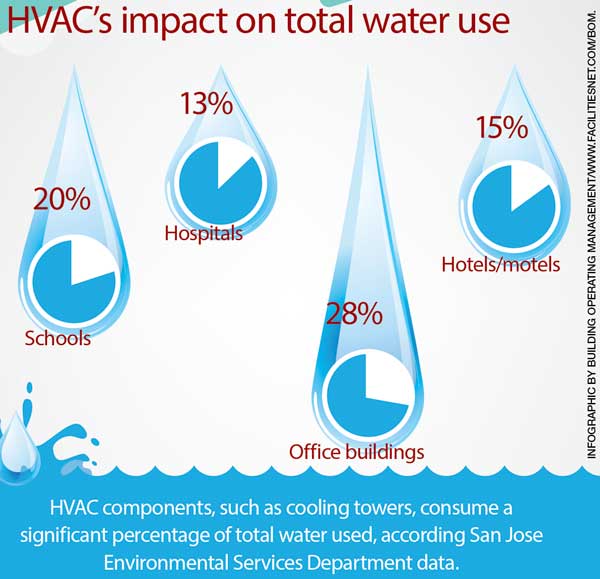The Future Of Home Heating - How Heatpump Modern Technology Is Advancing
The Future Of Home Heating - How Heatpump Modern Technology Is Advancing
Blog Article
Short Article By-Fraser Goff
Heat pumps will certainly be an essential modern technology for decarbonising home heating. In a scenario constant with governments' revealed energy and environment commitments, their international ability increases by 2030, while their share in heating rises to one-quarter.
They function best in well-insulated homes and rely on electrical power, which can be provided from an eco-friendly power grid. Technical innovations are making them much more reliable, smarter and more affordable.
please click the next website page use a compressor, cooling agent, coils and followers to relocate the air and warmth in homes and devices. They can be powered by solar energy or electrical energy from the grid. They have actually been obtaining popularity due to their inexpensive, peaceful procedure and the capability to produce power during peak power need.
Some business, like IdaTech and BG MicroGen, are working with gas cells for home heating. These microgenerators can replace a gas boiler and generate several of a house's electrical demands with a link to the power grid for the remainder.
However there are factors to be unconvinced of using hydrogen for home heating, Rosenow states. Read Home would be costly and inefficient compared to other technologies, and it would include in carbon discharges.
Smart and Connected Technologies
Smart home modern technology allows property owners to attach and control their devices remotely with the use of smart device apps. For example, wise thermostats can learn your home heating choices and instantly adjust to enhance power intake. Smart lighting systems can be controlled with voice commands and automatically switch off lights when you leave the room, lowering energy waste. And wise plugs can keep track of and manage your electric use, enabling you to determine and restrict energy-hungry home appliances.
The tech-savvy house illustrated in Carina's interview is a great illustration of how residents reconfigure space home heating practices in the light of new smart home technologies. They rely upon the gadgets' automatic attributes to carry out everyday adjustments and regard them as a practical means of performing their heating practices. As such, they see no reason to adjust their techniques additionally in order to allow adaptability in their home power demand, and interventions focusing on doing so might deal with resistance from these households.
Electricity
Given that heating homes represent 13% people exhausts, a button to cleaner options could make a huge distinction. Yet the modern technology encounters obstacles: It's pricey and needs comprehensive home restorations. And it's not always suitable with renewable resource resources, such as solar and wind.
Up until lately, electrical heatpump were too costly to take on gas models in most markets. Yet brand-new innovations in style and products are making them a lot more inexpensive. And better chilly environment efficiency is allowing them to function well even in subzero temperatures.
The next action in decarbonising home heating might be using warmth networks, which draw warmth from a central source, such as a neighboring river or sea inlet, and disperse it to a network of homes or structures. That would certainly reduce carbon emissions and permit families to take advantage of renewable energy, such as eco-friendly electrical energy from a grid provided by renewables. This option would certainly be less expensive than switching to hydrogen, a fossil fuel that calls for new facilities and would only minimize CO2 emissions by 5 percent if paired with improved home insulation.
Renewable resource
As electrical energy prices drop, we're beginning to see the exact same pattern in home heating that has actually driven electric autos right into the mainstream-- however at an even faster speed. The strong environment situation for impressive homes has been pressed further by new research.
Renewables represent a significant share of contemporary warm intake, but have actually been offered minimal plan focus worldwide compared to other end-use markets-- and even less focus than power has. Partly, this shows a mix of customer inertia, divided rewards and, in several nations, aids for fossil fuels.
New technologies can make the shift much easier. For example, heatpump can be made much more energy efficient by changing old R-22 refrigerants with brand-new ones that do not have the high GWPs of their predecessors. Some specialists likewise envision district systems that attract warmth from a neighboring river or sea inlet, like a Norwegian fjord. The warm water can then be utilized for heating and cooling in an area.